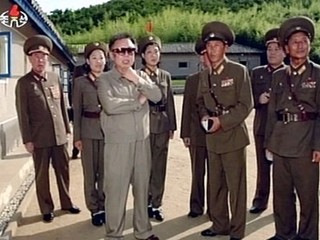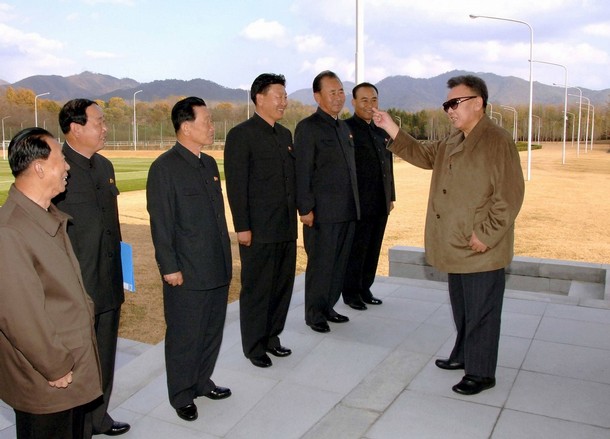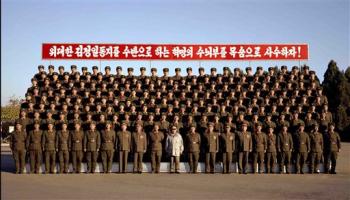Sometimes the headlines write themselves.
According to the Union of Catholic Asian News (excerpt):
For the first time in almost 60 years, a Catholic priest will stay in North Korea, and look after the welfare of local workers.
Franciscan Father Paul Kim Kwon-soon says he will stay in Pyongyang, probably beginning in late November, and serve as a “social worker” for factory workers in the first joint North-South business venture.
Returning to South Korea from a visit, Father Kim told UCA News on Nov. 4 that North Korea is allowing him to run a newly built welfare center in Pyongyang that houses a soup kitchen, a free clinic and a public bath, even though “they know I am a Catholic priest.” As a visitor, he will have to renew his visa every two months.
According to Father Kim, the three-story welfare center he will manage is within the factory premises and will provide the workers with services such as medical checkups, meals and haircuts. It will have the capacity to offer free meals to up to 1,500 workers a day.
“I can say that the center will be a turning point in the humanitarian aid to the North,” the priest noted. “We only could send aid materials” in the past, he pointed out, whereas he can now bring aid materials to the North and provide direct service.
Saebyol General agreed last February to establish the center after three years of “great efforts” on the part of his Order of Friars Minor, Father Kim explained.
During the four-day visit to the North, Bishop Lazzaro You Heung-sik of Daejeon presided at the opening ceremony of the center on Oct. 30, the priest reported.
On Nov. 1 Bishop You, former president of Caritas Corea, the Korean bishops’ social service organization, celebrated a Mass at Changchung Church, the only Catholic church in North Korea, to thank God for opening the center. About 50 South Korean Catholics including eight priests and four Religious took part. No North Korean Catholics attended.
Father Michael Lee Chang-jun, secretary of Caritas Corea, accompanied Bishop You. He told UCA News on Nov. 5 that he wished “the center could provide its service not only for the workers, but other North Korean people in the neighborhood.”
Cecilia Lee Seung-jung, North Korea program manager for Caritas Internationalis, the worldwide confederation of Caritas organizations, earlier called the agreement on the center a significant development. She pointed out that inter-Korean exchanges have been limited since the current government in Seoul assumed office last February.
Records of South Korea’s Unification Ministry show aid to North Korea from the South Korean government and civil groups amounting to US$63.6 million from January to September 2008, while in 2007 it totaled US$304.6 million.
According to Church sources, North Korea maintains that 3,000 Catholics in North Korea practice their faith at “home worship places” across the country, with no residing priest or nun. Between 1949 and 1950 all priests and nuns who remained in the North were executed or disappeared.
It is very interesting that the mission will be operated out of a South/North joint venture company rather than North Korea’s Changchung Cathedral in eastern Pyongyang. There are countless reasons why concerned parties believe this to be a superior arrangement.
To learn more about Pyongyang’s new hemp factory, click here.
To read the full story mentioned ablove, click below:
Catholic Priest To Work In North For Social Welfare
Union of Catholic Asian News
11/6/2008



